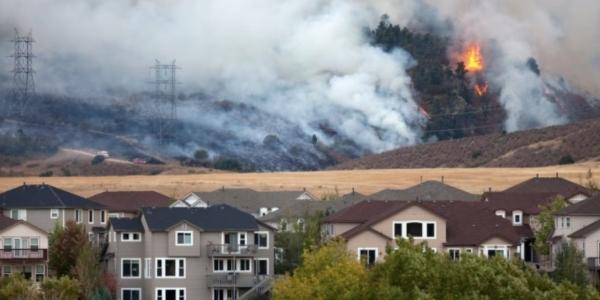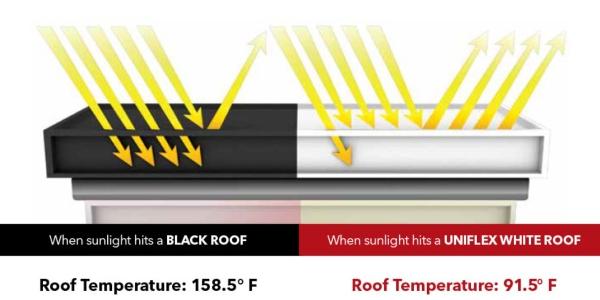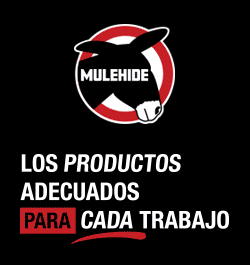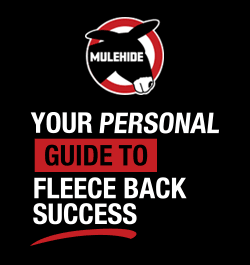How Stone Wool Contributes to Fire Resilience

By ROCKWOOL.
Stone wool helps to stop the spread of wildfires in WUI areas, contributing to building design that prevents loss.
Wildfires in urban and suburban locations have gained increasing attention over the past few years, but that is nothing in comparison to the expanding fire risk in wildland-urban interface (WUI) areas, which are those near fire-prone forests and grasslands. It is estimated that since 1990, 60% of new housing in the United States is in WUI Areas. That is why as more local and state governments develop WUI building codes to protect lives, the roofing industry needs to think of new solutions to curve the intensity, size and duration of wildfires.
Here are some examples of WUI codes currently available:
-
International Code Council (ICC) – International Wildland Urban Interface Code (I-WUI)
-
National Fire Protection Association (NFPA) – 1144 - Standard for Reducing Ignition Hazards from Wildland Fire
-
National Research Council of Canada (NRC) – National Guide for WUI Fires
-
California Building Code – Title 24, Chapter 7A
WUI building codes: designing buildings to prevent loss
Most local and state WUI codes mirror the International Wildland-Urban Interface Code with modifications made to reflect the specific needs of a community and its surrounding landscape. In California, for example, Chapter 7A, the WUI code, is part of Title 24, the California Building Standards Code. The state creates a map of fire hazard safety zones ranked by risk severity and designates state, federal or local responsibility. Municipalities may update their maps based on input from the county fire marshal and local legislative bodies.
In addition to requiring “defensible space” cleared of vegetation around the building, WUI codes also prescribe the use of non-combustible materials on the exterior and construction methods to prevent flame and ember intrusion into vents.
A WUI code typically includes the following components of the home:
-
Roofs
-
Eaves
-
Vents
-
Windows and exterior doors
-
Exterior decking and stairs
-
Exterior walls and cladding
The California Office of the State Fire Marshal Building Materials Listing provides architects, designers and builders with a convenient list of independently tested products that can be used reliably to meet WUI code. ROCKWOOL has four stone wool insulation products, including two products designed for flat roofing applications, on the listing.
Energy efficiency versus fire safety
Increasingly stringent energy code requirements in places such as California have made meeting fire code more difficult, and only with new thinking can we solve this challenging puzzle.
ROCKWOOL worked with Sagan Design Group to solve the challenge of complying with WUI and energy codes, which often compete against one another. Sagan engineers developed an exterior wall assembly using ROCKWOOL Comfortboard® 80 rigid continuous stone wool insulation.
To meet the energy code requirements that call for tighter building envelopes to combat air leakage and lower U-values to address thermal bridging, architects often rely on foam plastic continuous exterior insulation.
-
Added fuel load – Foam plastic insulation adds to the home’s fuel load because it is combustible.
-
Increased cost – Wall assemblies made with foam plastic insulation often require an additional layer of Type X gypsum to achieve the required fire resistance.
Sagan engineers showed local code officials that ROCKWOOL Comfortboard® 80 continuous exterior stone wool sheathing board provided the same fire resistance performance benefits as Type X gypsum while also helping the wall assembly reach required R-values and the strict U-value rating. Stone wool brought a variety of additional benefits to the new wall assembly.
-
Naturally noncombustible – Stone wool is fire resistant and can withstand heat above 2,100℉.
-
Time and labor savings – Using ROCKWOOL Comfortboard 80 continuous exterior stone wool sheathing board eliminates a layer in the assembly to potentially reduce installation time and labor cost.
-
Increased cladding options – Stone wool opens up a world of cladding options that can be used in the wall assembly.
-
Improved moisture management – Stone wool is breathable and hydrophobic and guards against moisture issues
Learn more about ROCKWOOL in their RoofersCoffeeShop® Directory or visit rockwool.com.
Original article source: ROCKWOOL























Comments
Leave a Reply
Have an account? Login to leave a comment!
Sign In